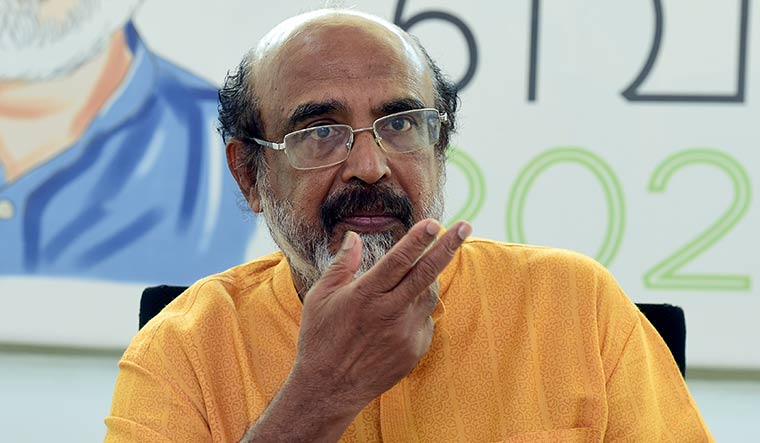Q/The Kerala government’s efforts to contain Covid-19 were well-appreciated. But the state has had to pay a huge price.
A/The containment strategy that Kerala adopted has been very effective and widely appreciated. But you are right, it comes at a heavy cost—not only the direct health expenditure but also the relief expenditure….
The total expenditure in April and May has been Rs23,771 crore—24 per cent higher than that in the previous year. On the other hand, the overall revenue declined by 17 per cent to Rs9,774 crore. The gap of Rs13,997 crore has been filled by front-loading the annual market borrowing….
Q/Kerala may be the only state to provide free Covid-19 treatment and quarantine facilities. It may be a great ‘citizens first’ approach, but how long can the state afford to do it?
A/We could do well on the Covid-19 front owing to the sustained high investment in the health sector over the last century. Forty-eight per cent of the population depends on the public health system for treatment, [which] is free…. The institutional quarantine cost is borne entirely by the state, except for those who opt for private facilities. The question you raised regarding financing of health expenditure is very relevant. Unlimited and open health expenditure is not sustainable. We are debating the possibilities of cross subsidy.
Q/How much has the government spent on Covid-19 management?
A/The first file I signed in the new financial year was the allocation of Rs607 crore for the Medical Service Corporation. The total budget allocation is only Rs324 crore. It overshot in the first month itself. The expenditure of the health department during April-May was Rs1,300 crore. And this does not include the quarantine expenditure.
Q/Remittances from the Gulf account for more than 30 per cent of the state’s GDP. But now with people there losing jobs and coming home, it will be a tough challenge.
A/We are expecting around 5 lakh non-resident Malayalis from abroad and other states in India to return. The fall in remittances is going to have a reverse multiplier impact on Kerala economy. We are expecting the state economy to contract by 10-15 per cent during the current fiscal. Some of the returnees will be able to re-migrate after the pandemic. We are expecting a sharp increase in the demand for health personnel in the west and the Middle East post Covid-19. With the excellent brand image of the Kerala health sector, we are hopeful that our nurses and paramedics would be able to tap into this potential. An urgent massive skill upgrade and finishing programme has been drawn up for this purpose.
Q/Kerala’s economy has always been about ‘no-production and all-consumption’. Therefore, Kerala suffers more than any other state in such crises. Is it possible to change this pattern?
A/Kerala is a consumer economy, with the highest per capita consumption in the country. Our per capita income is 60 per cent above the national average. We have failed to link the high savings availability and high consumption demand to the possibility of expanding the domestic production.
We are trying to shift to a new development paradigm. Quality jobs have to be generated for the educated youth in knowledge, skill and service industries. An earnest effort is being made to attract private investment into the sectors of core competence by improving the ease of doing business and creating high quality infrastructure. The Rs50,000 crore infrastructure stimulus package that is being implemented through the Kerala State Infrastructure Investment Fund Board would play an important role in creating the appropriate environment for growth.
Q/You were one of the first finance ministers to request a hike in the borrowing limit of states, and the Centre has now hiked it from 3 per cent of gross state domestic product to 5 per cent.
A/It is a step in the right direction. But imposing conditions on market borrowings is totally wrong. The Centre is setting an unacceptable precedent. This can be used to undermine even the limited autonomy that the states enjoy today. The economic package takes micro-managing state policies to a ridiculous level. For example, the power sector reforms have three components: reduction in aggregate technical and commercial losses, reduction in average cost and average revenue gap and introduction of direct benefit transfer to farmers. For compliance to the first two sub conditions, 0.05 per cent of GSDP each and, to the third, 0.15 per cent of GSDP additional borrowing would be permitted. Sadly, some clever guys sitting at the Centre think that they are a fountainhead of wisdom to micromanage the diversity of India.


